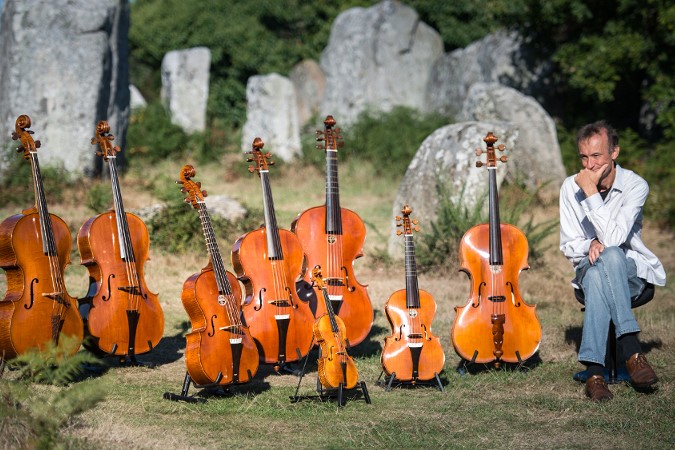In France, the first half of the 18th century was a time when the gamba was replaced by the cello. It was then that the first musicians specializing in playing this new instrument distinguished themselves. Between the Pyrenees and the Rhine there was no greater than Jean Barrière at that time. During the French Academy, the works of this virtuoso and composer will be presented by Les Basses Réunies led by Bruno Cocset, a superb French cellist, expert in Baroque repertoire and early music performance techniques.
Born in 1707, Barrière was active mostly in Paris. He became a member of the Académie Royale de Musique orchestra, and also performed during the famous Concert Spirituel series. It was the title of royal musician that allowed him to obtain the privilege from the monarch to publish his own works. In 1733, it was granted to him by King Louis XV for a period of six years. The composer then published three collections of cello sonatas, and after receiving another such permission in 1739, he published another one. Before his death – prematurely, at the age of only forty and in full creative power – a book of sonatas for gamba and a number of pieces for harpsichord were published.
Barrière’s compositional achievements bear the indelible mark of the influence of Italian music. The musical culture of the country located on the other side of the Alps undoubtedly fascinated him. In 1736, he even went to Rome to study with the famous cellist Francesco Alborea, also known as Francischello, but inspirations from the Italian style can be heard already in the works created before this journey. All of them are the work of a musical genius and virtuoso. ‘The recently deceased famous Barrière had everything you could want... Only a few could play as brilliantly as he did,’ wrote composer Louis-Claude Daquin after the death of this exceptionally gifted, now unjustly forgotten musician.



